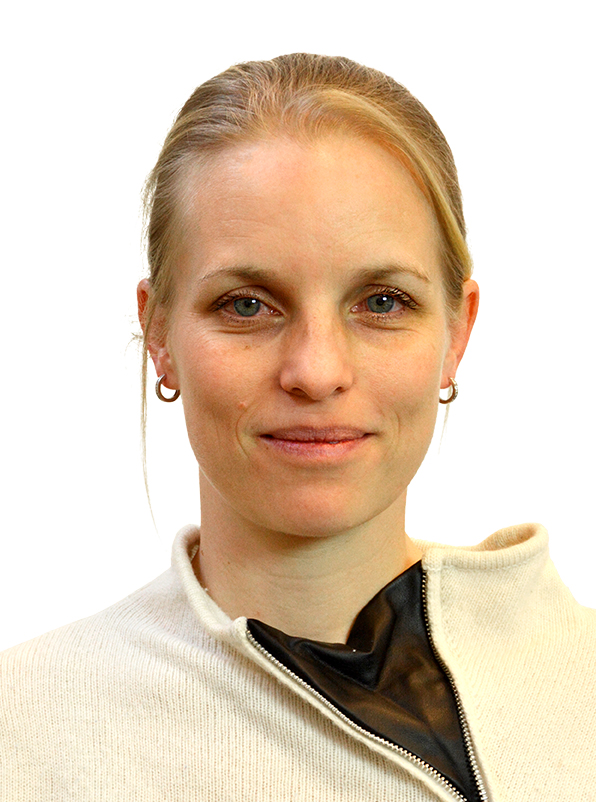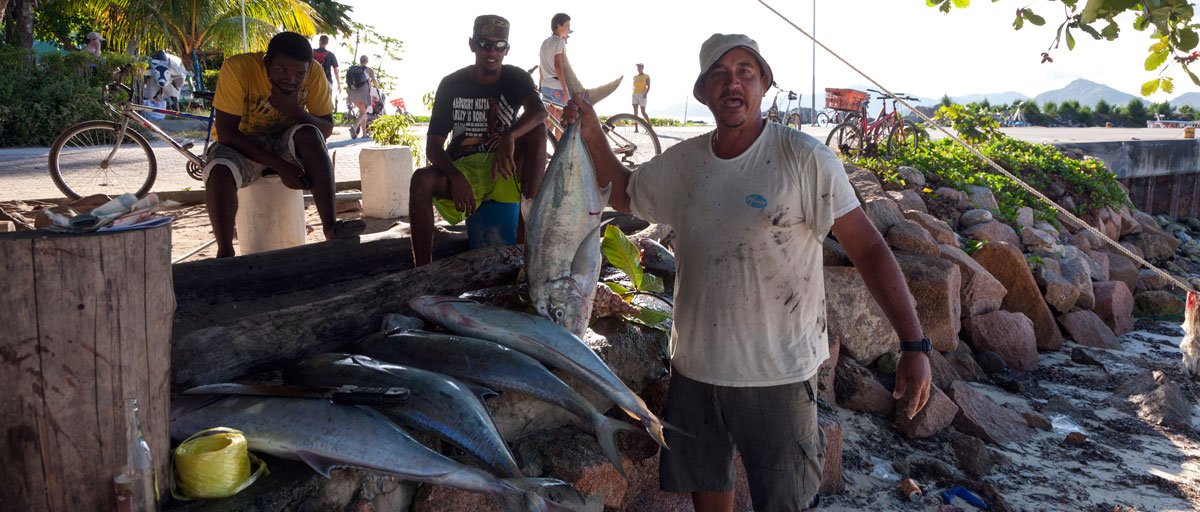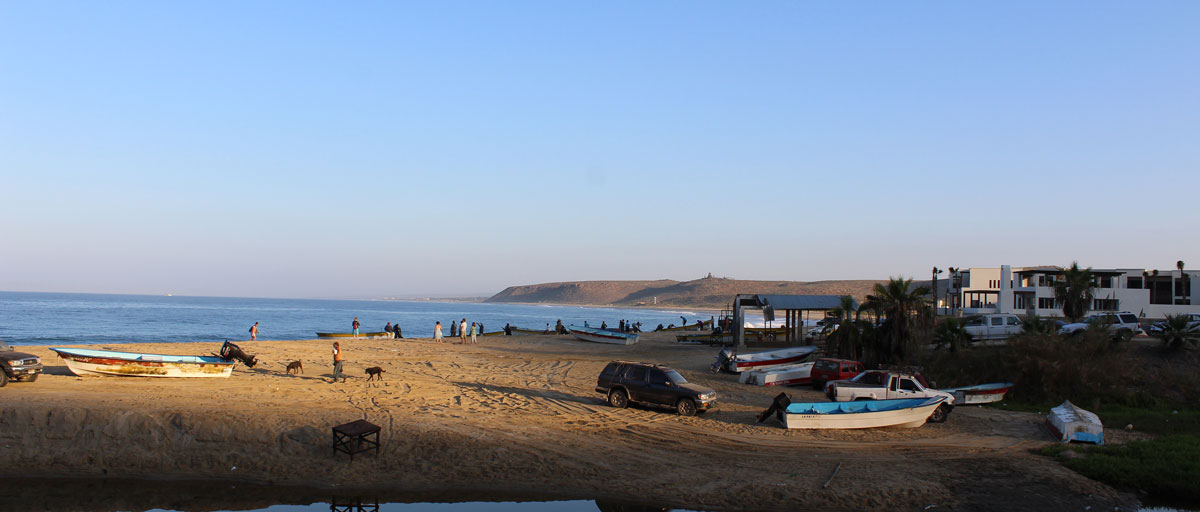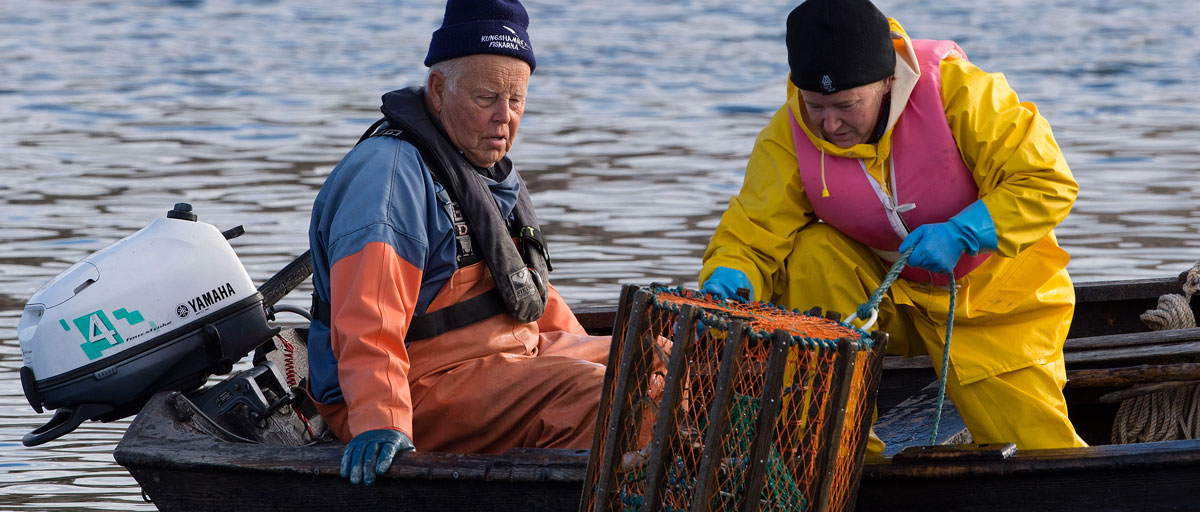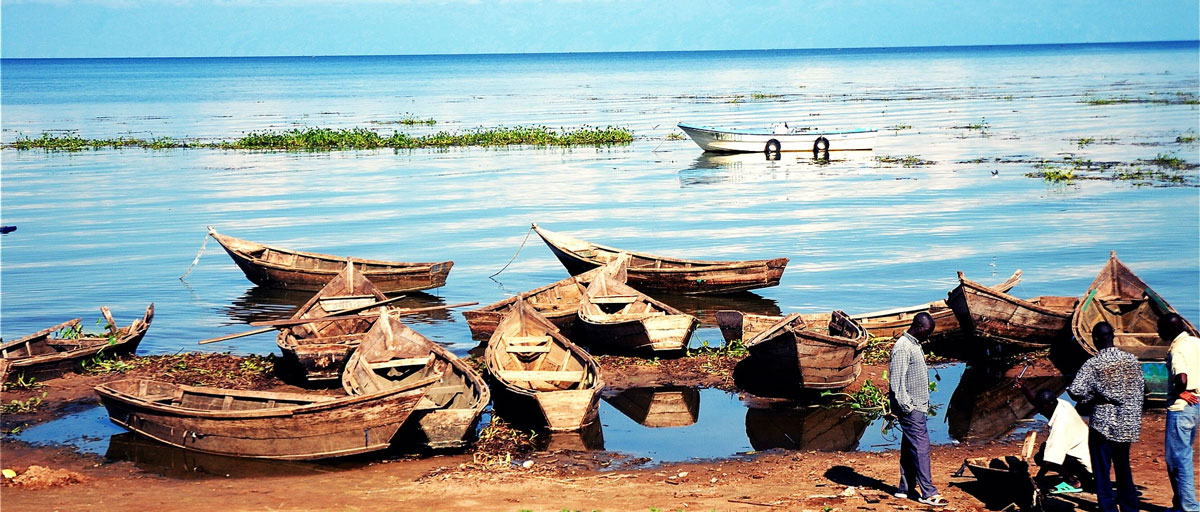
New knowledge on freshwater ecosystems like Lake Victoria requires better models to capture social-ecological interactions. Researchers believe what is happening in Lake Victoria is a clear example of what happens when humans and ecosystems interact and influence each other’s behaviour. Photo: Pixabay
Bildtext får vara max två rader text. Hela texten ska högerjusteras om den bara ska innehålla fotobyline! Photo: B. Christensen/Azote
SCENARIOS AND MODELS ON FRESHWATER QUALITY
Model behaviour
Mathematical models are essential in the quest to better understand the human impact on the world’s ecosystems. Lake Victoria may hold the cues
- In the Anthropocene, humans shape every aspect of the biosphere, including freshwater ecosystems such as Lake Victoria
- New knowledge on freshwater ecosystems requires better models to capture social-ecological interactions
- New models must benefit from current “model diversity” to build a more complete picture of a system under study
In the 1980s, the introduction of the Nile perch and eutrophication dramatically changed the entire ecosystem of Lake Victoria, the world’s second largest freshwater lake. Hundreds of native species went extinct or had to claim a new place in the food web at the expense of the dominant Nile perch. The introduction of this “water elephant” along with the eutrophication of the lake are two examples of what researchers call “anthropogenic processes”, or human-led actions that shape and change an ecosystem.
Today, both ecosystems and humans have adapted to the changes in Lake Victoria. Inevitably, an extensive export industry has emerged around the Nile perch, creating new and different job opportunities but also fishing pressure, coastal development and land-use change that influence the nutrient loading of Lake Victoria.
But why are the changes in Lake Victoria interesting for sustainability researchers elsewhere?
A "microcosm" of the Anthropocene
In a study published in Current Opinion in Environmental Sustainability, centre researchers Andrea Downing and Jan Kuiper together with colleagues from The Netherlands, Germany, Austria, Finland and the US, argue the lake is an “microcosm of the evolving novel social-ecological systems in the Anthropocene”, a geological epoch where humans shape every aspect of the biosphere.
They believe what is happening in Lake Victoria is a clear example of what happens when humans and ecosystems interact and influence each other’s behaviour. Specifically, Downing and her colleagues look at freshwater ecosystems and how better scenario models can contribute to an overall more sustainable development. Freshwater aquatic ecosystems were instrumental to the formulation of the ecosystem concept, are seen as ‘sentinels of climate change’ and provide many essential ecosystem services to humanity,.
Model diversity a strength, not a weakness
For new knowledge on freshwater ecosystems to have any influence, researchers need tools to capture the numerous and intricate relations between humans and the environment and translate them into scenarios for a better future. This is where mathematical models come in. Most state-of-the-art aquatic ecosystem models vary enormously in complexity and scope but Downing and her colleagues believe such “model diversity” can provide a more complete picture of a system under study.
While some claim we are about to model all life on Earth in a single, coherent model, we would like to advocate a view on future model development for understanding social-ecological systems that is inspired by biodiversity
Andrea Downing, co-author
That means each model should be judged within the context of its niche.
“Just as natural biodiversity is characterized by complementarity and redundancy, we believe it is useful to maintain a healthy level of model diversity and allow models to compete, show their fitness and evolve into newer versions,” co-author Jan Kuiper adds.
From multidisciplinarity to transdisciplinarity
That all sounds good but a big challenge remains: how do we design satisfactory models that help researchers understand the dynamics of even relatively narrow aspects of water quality? A fundamental part of the answer, the authors argue, lies in recognizing the subjectivity of all scientific approaches and methods, from the questions asked to the variables chosen amid a myriad of assumptions and perceptions.
“The exercise is a process of transforming multidisciplinarity to transdisciplinarity,” Downing explains.
For instance, a study from 2014 on Lake Victoria led by Andrea Downing pushed the 40 researchers or so involved in the study well outside their different disciplinary comfort zones in their quest to better understand the social-ecological dynamics of the lake. The product is neither a final nor an absolute representation of the human-environmental interaction around Lake Victoria’s, Downing admits, but it is a useful building block in the design of future research questions and models.
That study could consequently serve as a template or at least inspiration for similar modelling work in the future.
The authors of the more recent study in Current Opinion in Environmental Sustainability acknowledge that it is an intriguing question whether or how models can handle and depict increased social-ecological complexity, but as they conclude: “We will never know if we don’t try.”
Mooij, W.M., van Wijk, D., Beusen, A.H.W., et.al. 2018. Modeling water quality in the Anthropocene: directions for the next-generation aquatic ecosystem models. Current Opinion in Environmental Sustainability Volume 36, February 2019, Pages 85-95. DOI: 10.1016/j.cosust.2018.10.012
Andrea Downing has a background in ecology. For her PhD research she investigated the different roles of fishing and eutrophication on Lake Victoria’s ecosystem from a purely ecological perspective and from a social-ecological system’s view, using multiple different modeling approaches.
Jan Kuiper is a postdoctoral researcher working on ecosystem service models and social-ecological scenarios.
